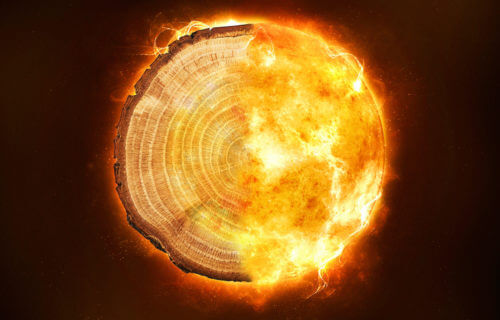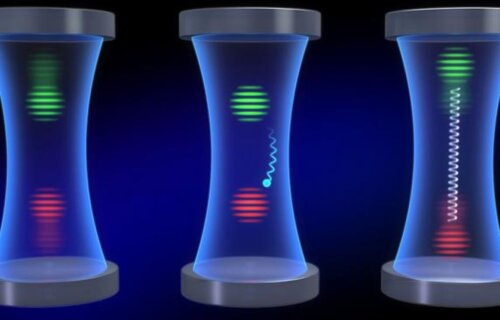
DURHAM, United Kingdom — Researchers have uncovered a new light pathway that promises to significantly enhance the efficiency of our TV and phone screens. This breakthrough involves a novel approach toward creating brighter, more efficient, and more stable blue organic light-emitting diodes (OLEDs), which are crucial components in most modern smartphones and televisions. These devices depend on the light emitted by specialized organic molecules.
The innovation comes from scientists at Durham University, who have developed a “hyperfluorescent” strategy. This technique involves transferring energy from a sensitizing molecule to a separate emitter molecule, a process that could lead to substantial improvements in the screens of phones, TVs, and computers.
Achieving stable and efficient blue emission, essential for display quality, has been a significant challenge. However, the research team from Durham University has discovered that some sensitizing molecules, previously overlooked due to their perceived inefficiency as emitters, actually exhibit remarkable performance in hyperfluorescent OLEDs. This finding opens the door to major advancements in display technology.
“We discovered a ‘blind spot’ where materials overlooked by conventional thinking can become highly effective when used as sensitizers in hyperfluorescence OLEDs,” says Kleitos Stavrou of Durham University, lead author of the study, in a media release.

Specifically, the researchers discovered that the molecule ACRSA significantly enhances OLED efficiency, tripling it when utilized as a sensitizer in hyperfluorescent OLEDs. This improvement is attributed to ACRSA’s rigid molecular structure and its long-lived excited states.
Furthermore, by employing a greenish sensitizer like ACRSA, it is possible to achieve deep blue light emission. This is accomplished by transferring the energy from ACRSA to a blue terminal emitter, a method that strikingly broadens the spectrum of achievable colors in OLED displays.
“This approach reduces exciton energy compared to direct blue emission in devices, allowing more stable, longer-lasting blue OLEDs,” adds Professor Andrew Monkman of Durham University’s Physics Department, the senior author of the study.
The researchers concluded that their strategy could provide a new molecular design for stable and highly efficient displays.
“Our findings reveal an unexplored territory for hyperfluorescent OLEDs that could greatly expand material choices for the next generation of displays, that will also use up to 30% less electricity,” Prof. Monkman concludes.
The researchers next plan to further develop hyperfluorescent OLEDs with industrial partners for use in commercial applications.










